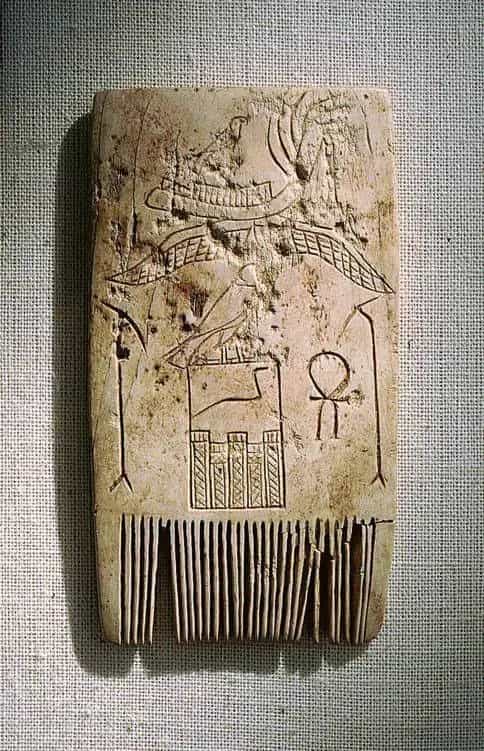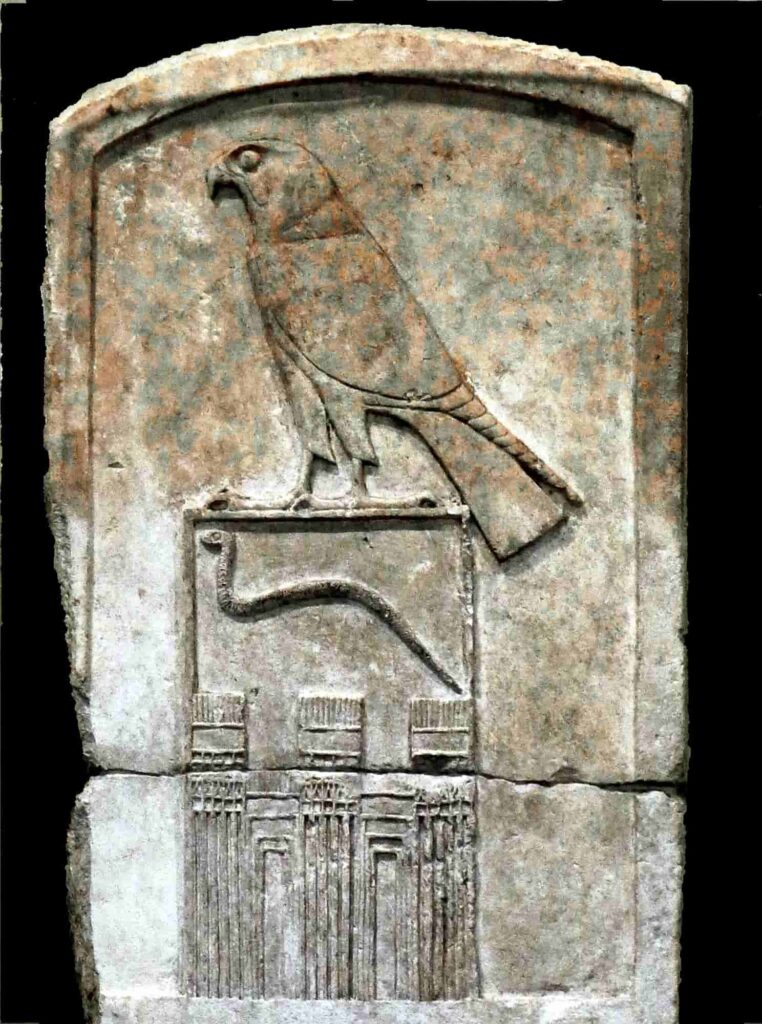Djet, meaning “serpent,” was the fourth pharaoh of the First Dynasty of Egypt, circa 2980 BC.
Manetho refers to him as Uenephes and attributes to him a reign of 23 years. His reign was recorded on the damaged (and subsequently lost) portion of the Palermo Stone.
During Djet’s era, a figure named Merneith lived, known from their tomb at Abydos. It is possible that Merneith was the wife of Pharaoh Djer and the mother of Djet and Den. Consequently, she might have served as regent during the early period of Den’s reign or may have ruled as a pharaoh in her own right following Djet’s demise.
Djet conducted expeditions beyond Egypt, with evidence of his travels through the Arabian Desert discovered along the route leading to the Red Sea. Notable advancements in art and craftsmanship occurred during his rule.
Constructions
According to Manetho, King Djet commissioned the construction of several pyramids near Kôchômê, a town identified with Saqqara.
His final resting place is tomb Z in the Umm El Qaʻāb necropolis in Abydos. The tomb features small rooms surrounding the burial chamber within the structure itself, a characteristic of mastabas. Adjacent to it, a two-meter stele was discovered marking the location where visitors were to pay tribute.
Testimonies of his era
- Tomb Z at Abydos, serving as the king’s tomb and the enclosure for the king’s cult.
- Seal impressions from Mastaba V at Giza (Petrie).
- Inscriptions from tomb 3504 at Saqqara, measuring 50 by 20 meters. It was excavated by the English archaeologist Emery in 1953-56, who believed it belonged to the high officer Sejemka, who served under King Djet. The walls are adorned with over 400 sculpted bull heads.
- Copper tools from subsidiary tomb 387 of the Dyet enclosure, Abydos.
- His name was discovered inscribed in tomb T of Umm El Qaʻāb, Abydos.
Ivory Comb with the Name of Pharaoh Djet
Several significant artifacts were discovered in the tomb of the 1st Dynasty king Djet at Abydos in Petrie’s Tomb Z, including this wide-toothed comb crafted from hippopotamus ivory.
The pharaoh’s name is engraved inside the serekh, (palace facade). This marks the earliest surviving depiction of the heavens, symbolized by the outspread wings of a falcon. These wings carry the barque of Seker. Beneath the celestial barque, Djet’s serekh is surrounded by two ‘was’ scepters and one Ankh-sign.
The upper part of the pictorial area features a pair of wings, with a boat resting on them and a falcon perched on the cabin of the boat. This allegorical image represents the sky (the wings) traversed by the sun (the boat), believed to navigate the heavens each day from east to west.
The boat bears a striking resemblance to those depicted on vases from the Naqada II period. It is also comparable to the boat of Khufu, discovered in a pit on the south side of his pyramid.
At the center of the decoration is the serekh symbol surmounted by a falcon, within which Djet’s name is inscribed. Flanking the serekh are two ‘was’ scepters symbolizing power, with an ankh, the symbol for life, also present on the right.
Djet’s comb represents the oldest known example of this decorative motif. Evolving into the canonical image of the winged solar disc, this theme appeared frequently in subsequent periods, particularly on steles and architraves.
In ancient Egypt, any object could carry symbolic value irrespective of its normal function. Throughout pharaonic history, there was a tendency to produce artifacts resembling naturally occurring objects believed to possess special protective powers.
This was particularly true for items used for personal grooming, as they came into direct contact with the body. It is not surprising, therefore, to find a simple comb like this example from Abydos inscribed with the name of a king.
Merely mentioning the king’s name was believed to confer apotropaic properties on the object. In this instance, the comb likely formed part of Djet’s funerary goods, justifying the presence of his name.
Dating back to the 1st Dynasty, around 2980 BC, this comb is now housed in the Egyptian Museum, Cairo.


#Dynasty #Ancient #Egypt #Pharaoh #Djet


